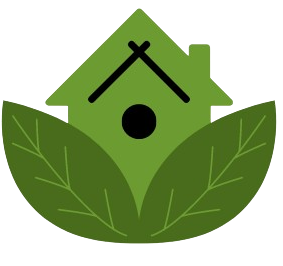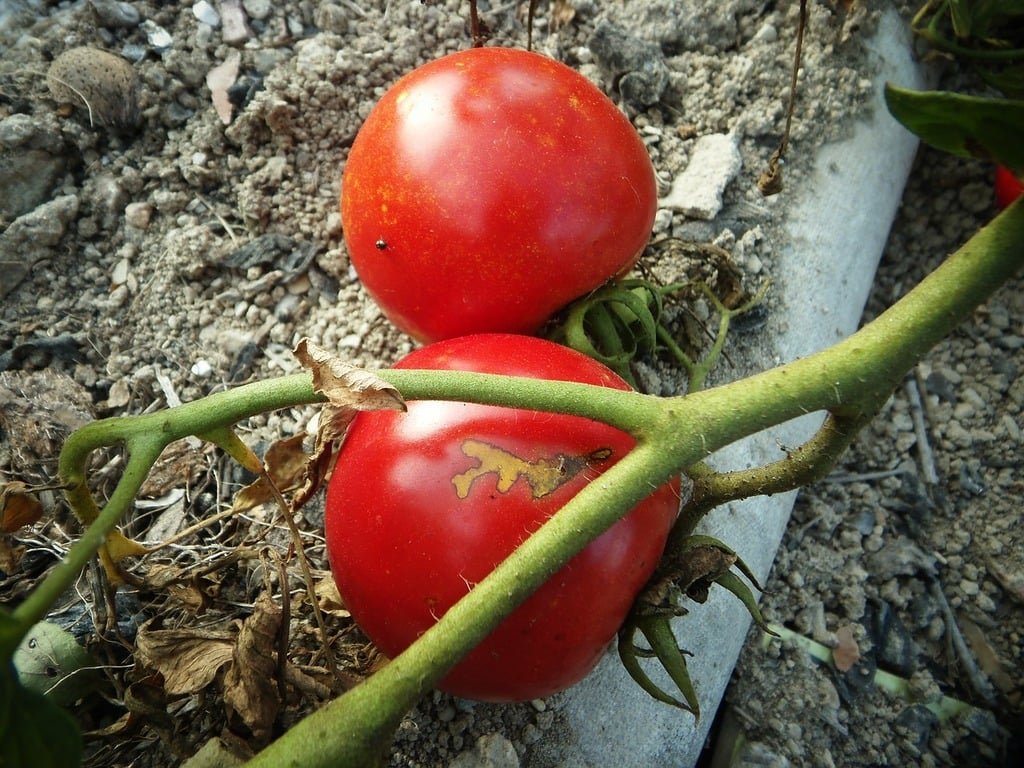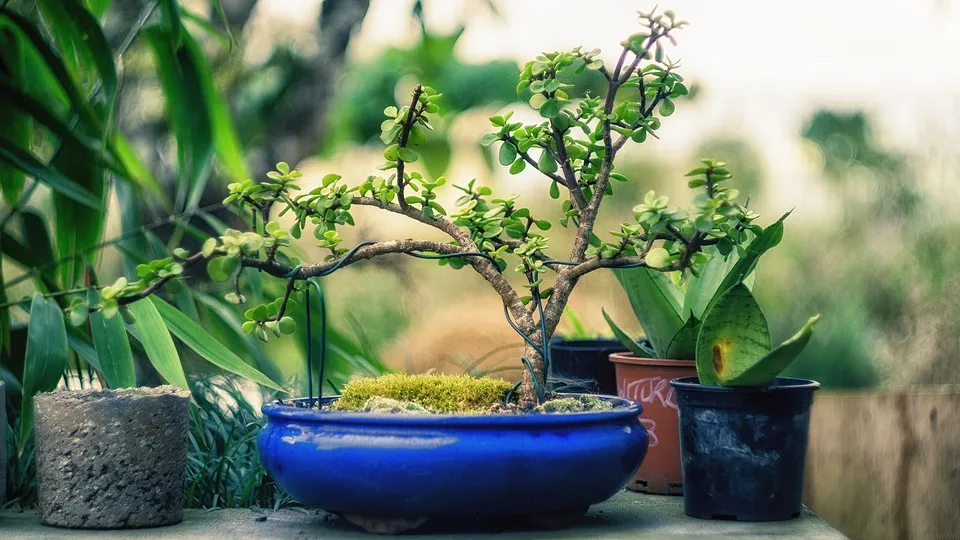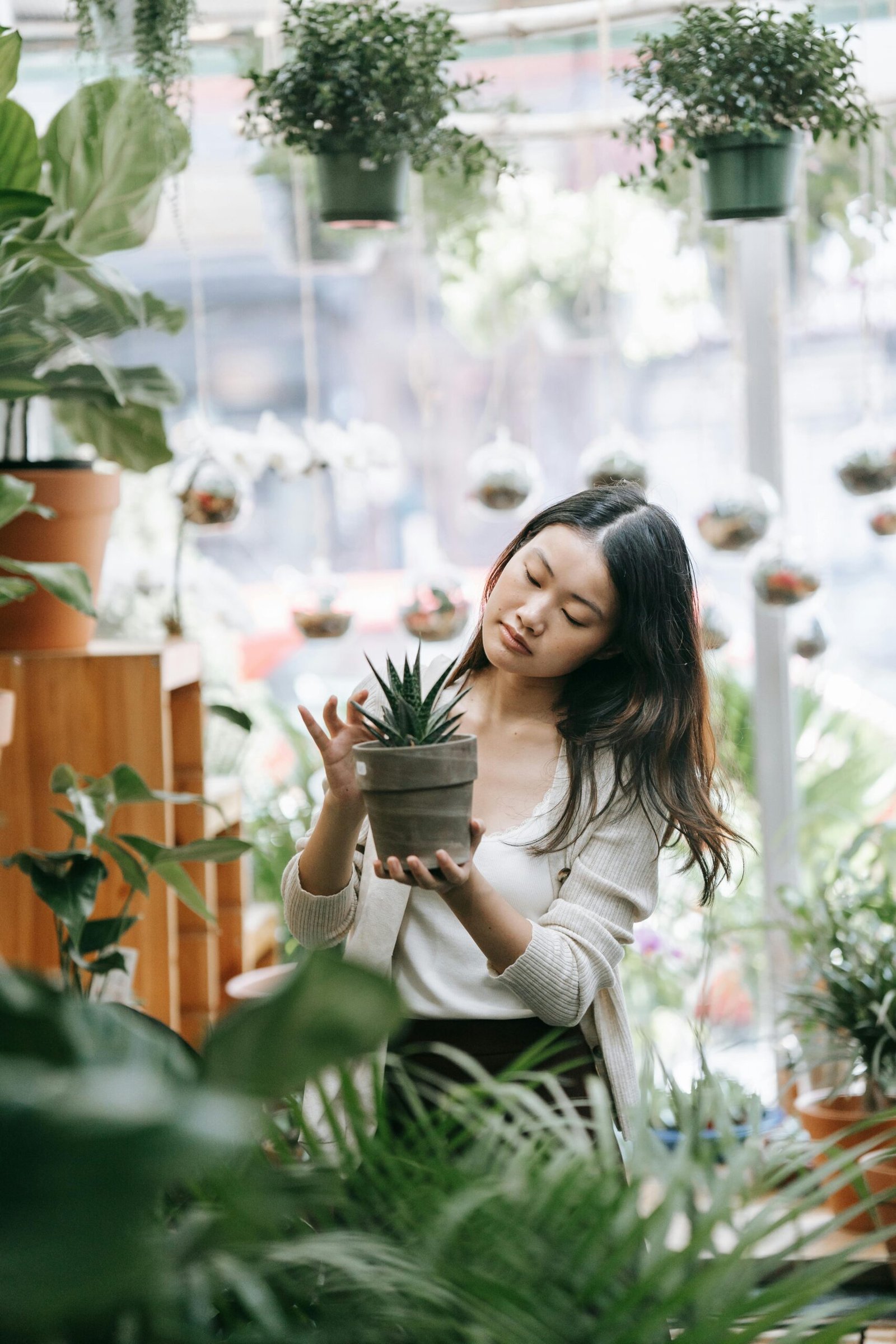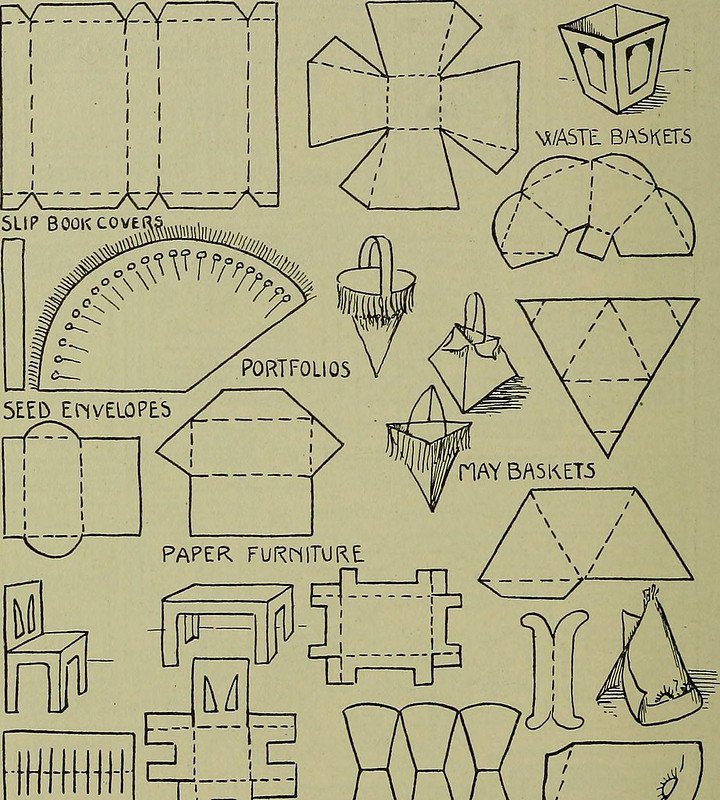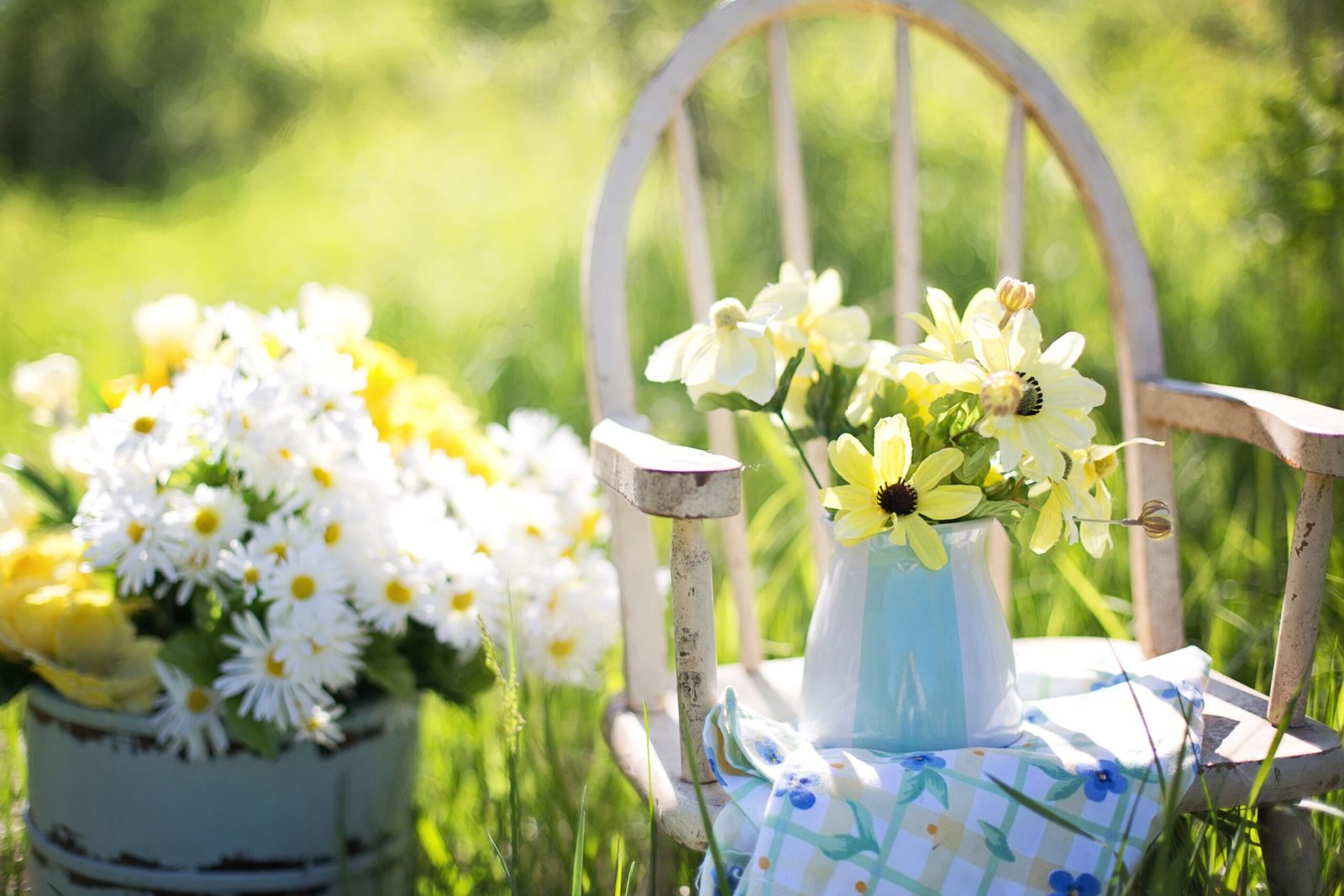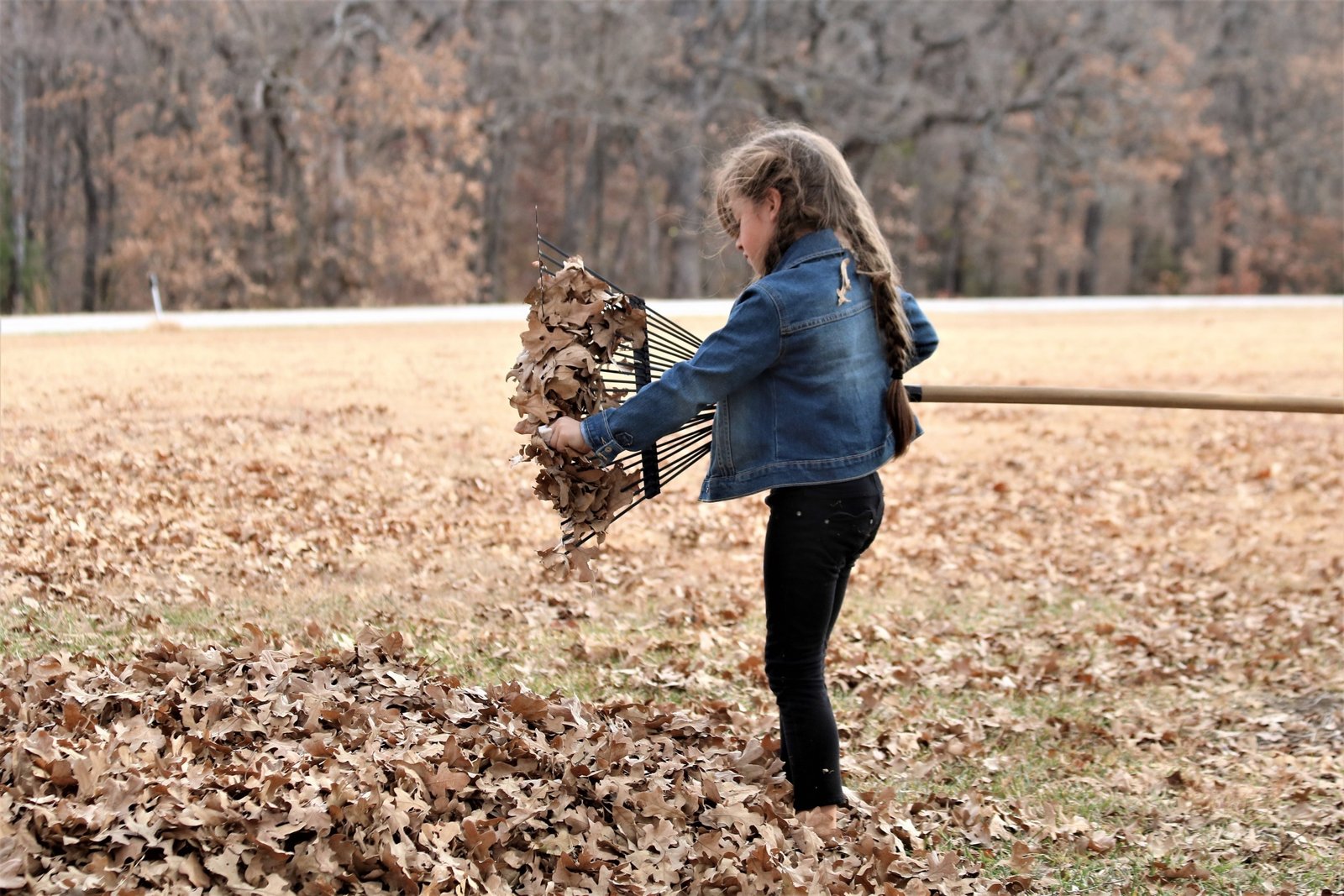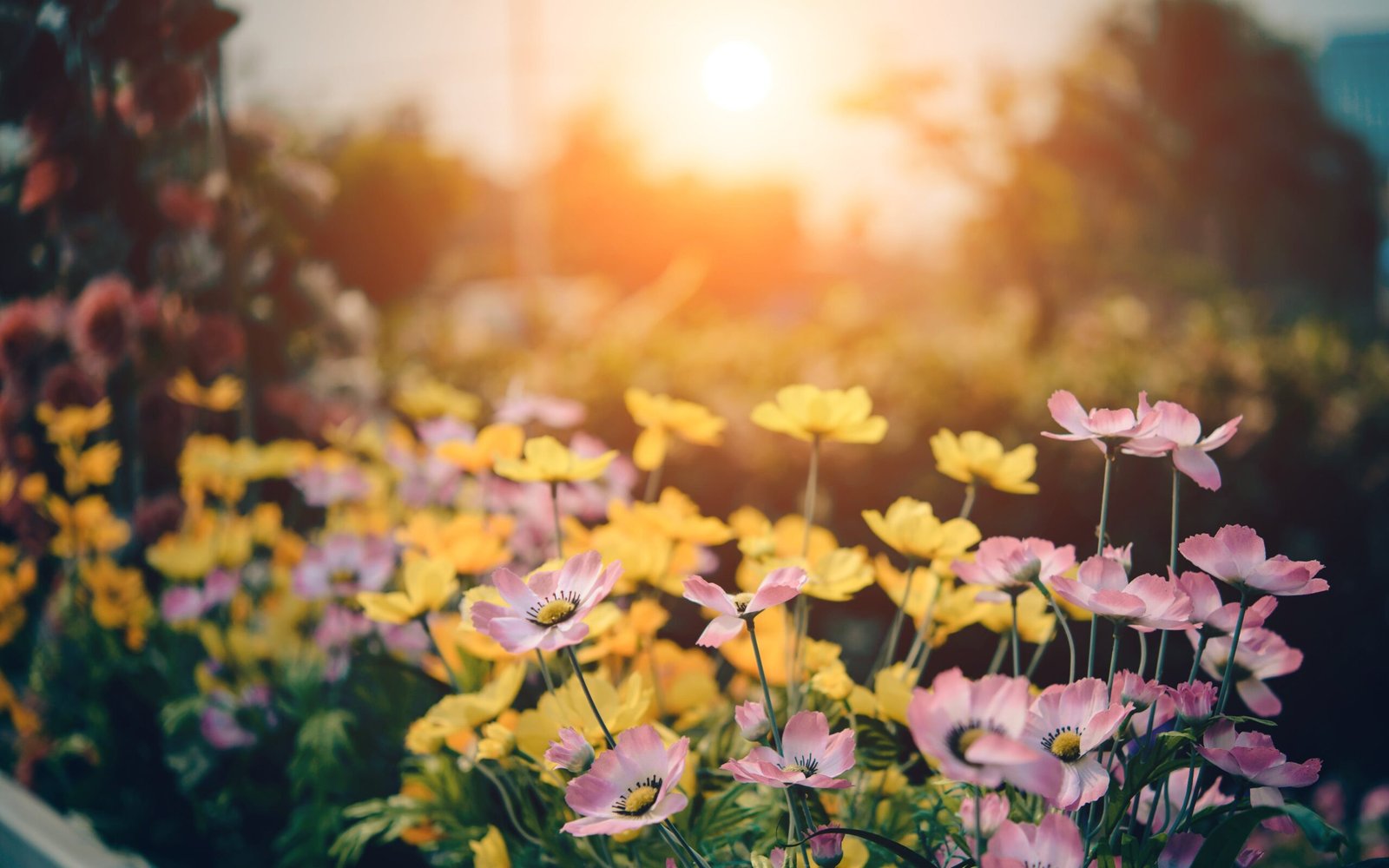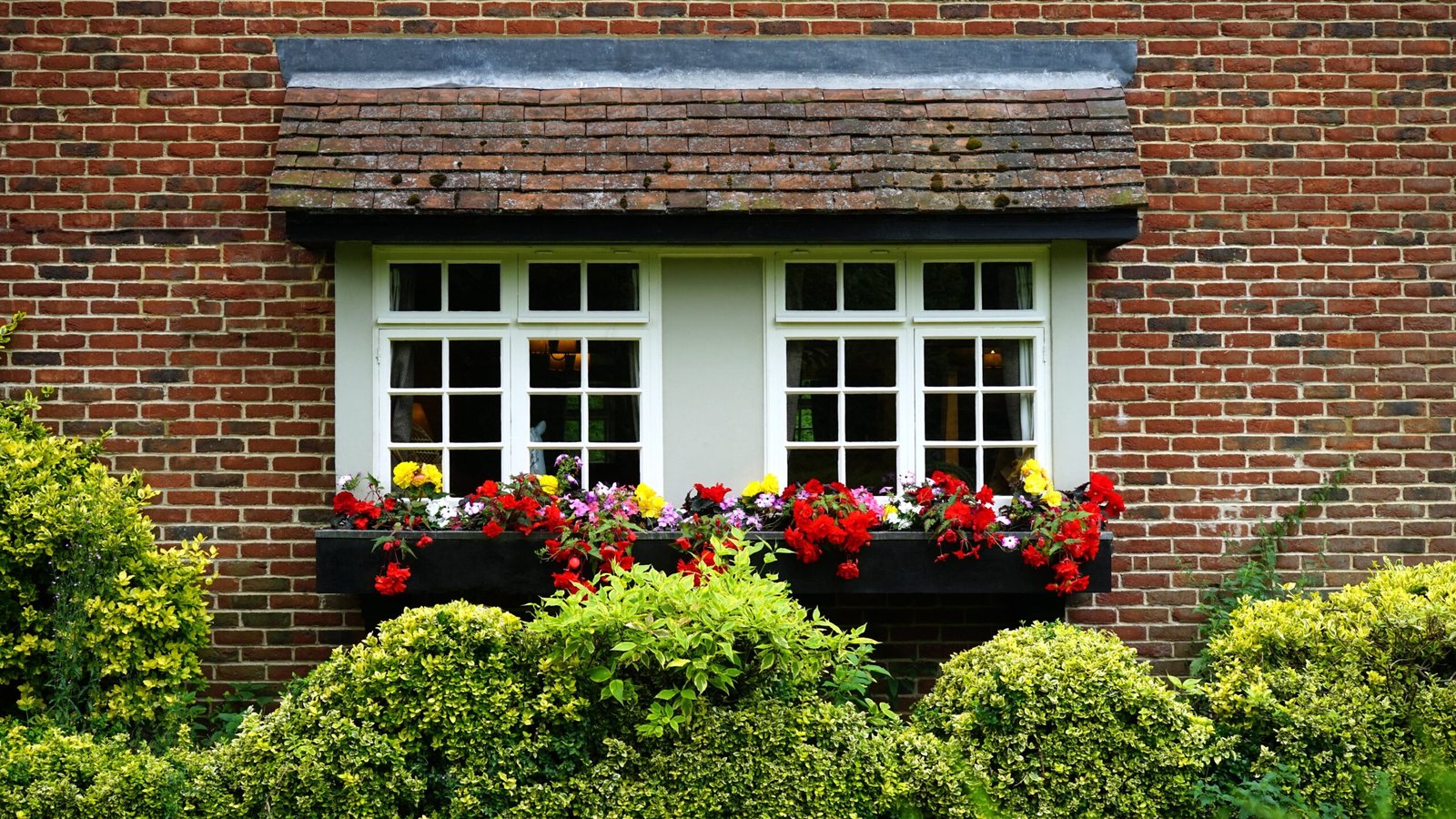For gardening enthusiasts, there’s a special kind of wonder associated with a humble seed packet. The thrill of planting those tiny seeds and witnessing them transform into bountiful plants is a joy known to many. Yet, amidst this excitement, one question often lingers: How many vegetables can truly sprout from that single, unassuming seed packet you hold in your hand? Prepare to be pleasantly surprised by the answer.
Table of Contents
How many vegetables can you grow from one seed packet?
The number of vegetables that can emerge from a single seed packet is a delightful mystery that often unfolds with each planting. While the precise count varies based on factors like the type of vegetable, planting conditions, and the quantity within the seed packet, it’s safe to say that a single packet holds the potential for much more than one plant. Consider a standard tomato seed packet, typically containing 20-30 seeds; this translates to not just one tomato plant but a small tomato garden, promising numerous fruits and a continuous harvest.
Are there any factors that affect the yield from a single seed packet?
Several factors come into play when determining the yield from a seed packet. These factors encompass the type of vegetable you’re growing, the local climate and conditions in which you’re planting, the care and maintenance you provide, appropriate spacing, and even the specific variety of the vegetable. Successful gardening practices, such as consistent watering, ensuring soil quality, and managing pests, all significantly contribute to maximizing your yield.
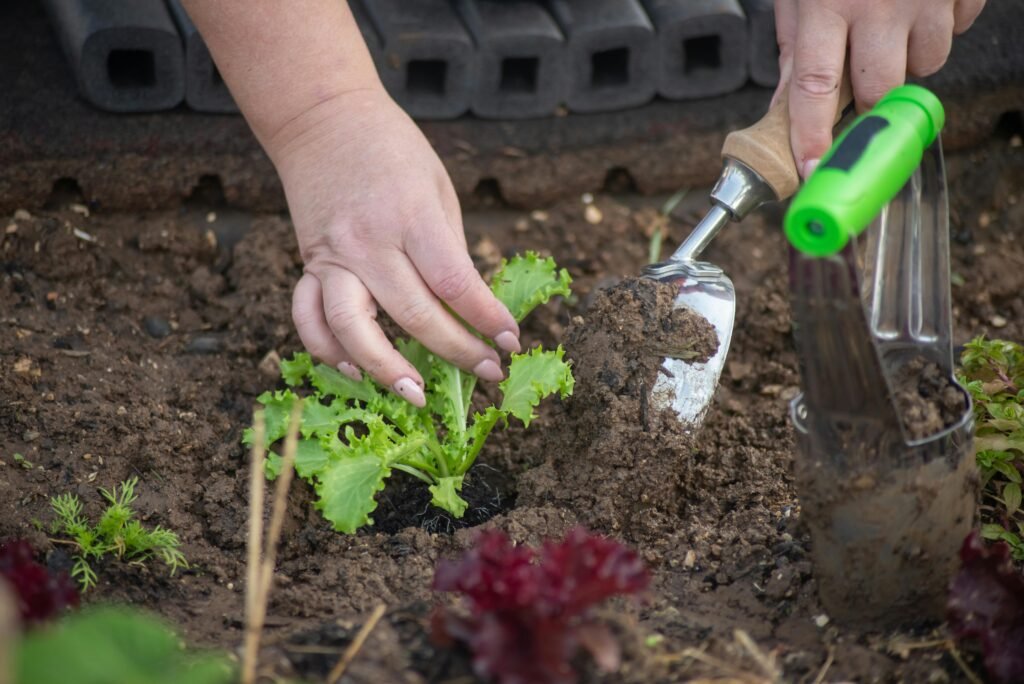
What are some strategies to make the most of a single seed packet?
To truly make the most of a single seed packet and unlock its full potential, consider adopting these strategies:
- Proper Spacing and Thinning
Ensure that your seedlings are adequately spaced and thinned to allow for healthy growth, preventing overcrowding.
- Select Regional Varieties
Choose vegetable varieties that are well-suited to your local climate and growing conditions to optimize performance.
- Embrace Succession Planting
Extend your harvest season by practicing succession planting, and staggering your sowings to enjoy a continuous supply of fresh produce.
- Seed Saving
Don’t forget the magic of seed saving. Harvest and store seeds from your own thriving crops for future plantings, perpetuating your garden’s success.
In this comprehensive guide, we embark on a journey to explore the incredible potential concealed within a single seed packet. Prepare to uncover a wealth of tips and techniques that will empower you to make the most of your seeds, ensuring a bountiful harvest and a cornucopia of homegrown vegetables that will leave you truly amazed. Let’s dive in and unlock the secrets of maximizing your yield!
Understanding Seed Packets
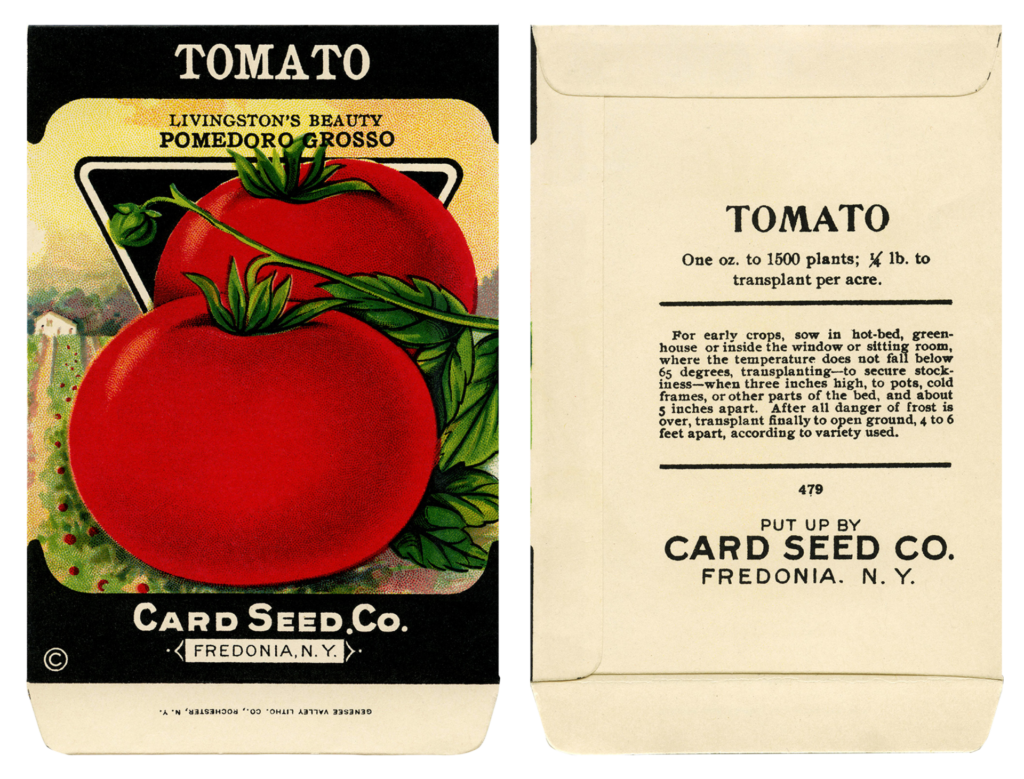
Understanding Seed Packets
Seed packets are the gateways to your garden’s potential, offering a sneak peek into the wonders of the plant kingdom. To maximize your gardening success, it’s essential to understand what’s inside a seed packet and decode the valuable information found on the label.
What’s Inside a Seed Packet?
A seed packet typically contains the seeds of a specific plant variety. These seeds are carefully selected, processed, and packaged to ensure they are viable and ready for planting. While the number of seeds per packet varies, it’s often more than you might expect, providing the opportunity to grow multiple plants from a single packet. Inside, you’ll find tiny, dormant embryonic plants, each with the potential to grow into a robust, mature plant when given the right conditions.
The Information on the Label
The label on a seed packet is your roadmap to successful gardening. It provides crucial details such as the plant’s common and scientific name, variety, and often a brief description. Additionally, you’ll find essential information like planting depth, spacing, and recommended growing conditions, including sunlight, soil type, and temperature. Paying attention to this information is key to ensuring your seeds have the best chance of thriving. It’s like having a personalized instruction manual for each plant variety, guiding you toward a flourishing garden.
The Potential of a Single Seed Packet
How Many Plants Can You Grow?
This aspect delves into the fascinating question of how many plants can sprout from a single seed packet. It highlights that a seed packet often contains more potential than meets the eye. While the exact number varies based on factors like the type of vegetable and the quantity within the packet, it typically offers the opportunity to grow multiple plants, leading to a diverse and bountiful harvest. This section provides insights into the yield you can expect and encourages gardeners to make the most of their seed investments.
Factors Affecting Seed Packet Yield
Here, the focus shifts to the factors that influence the yield from a seed packet. It acknowledges that several variables, including the type of vegetable, local climate and growing conditions, care and maintenance, spacing, and even the specific variety of the vegetable, play crucial roles in determining the final yield. Recognizing these factors empowers gardeners to optimize their harvests by making informed decisions and adopting best practices for each type of vegetable they choose to grow.

Choosing the Right Vegetable Varieties
Sowing for Your Climate
Consider your local climate when selecting vegetable varieties. Certain vegetables thrive in specific conditions, so choose those that are well-suited to your region’s temperature, rainfall, and growing season.
Selecting High-Yield Varieties
To maximize your harvest, opt for high-yield varieties of vegetables. These varieties are bred to produce more fruits or vegetables per plant, ensuring a more abundant crop for your efforts.
Heirloom vs. Hybrid Seeds
You’ll encounter a choice between heirloom and hybrid seeds. Heirloom seeds are traditional, open-pollinated varieties passed down through generations, known for their unique flavors and characteristics. Hybrid seeds are the result of controlled breeding for specific traits like disease resistance. Consider your preferences and garden goals when deciding between these two types of seeds.
Planning Your Garden with Companion Planting in Mind
Effective garden planning plays a pivotal role in maximizing your harvest, and companion planting emerges as a key strategy. Here’s a glimpse into what this section entails:
Spacing and Planting Density
Companion planting isn’t just about the choice of plants; it’s also about how you arrange them. Understanding how to space your plants optimally and manage planting density ensures that each vegetable has the room it needs to grow. Proper spacing reduces competition for resources and minimizes the risk of diseases spreading among closely spaced plants.
Succession Planting Strategies
Companion planting goes hand in hand with succession planting. This technique involves staggered sowing to extend your harvest season. It ensures a continuous supply of fresh produce by planting new seeds or seedlings as soon as the previous crop is harvested, allowing you to make the most of your gardening space.
Companion Planting for Enhanced Yields
At the heart of this section is companion planting, a strategic approach that involves pairing compatible plants to enhance growth and deter pests. By understanding which vegetables thrive together, you can boost your yields and create a healthier, more balanced garden ecosystem, making companion planting an essential tool in your gardening arsenal.
Caring for Your Plants
Caring for your plants is the heart of successful gardening. This section delves into essential aspects of plant care, ensuring your garden thrives:
Proper Watering Techniques
Discover the art of watering your plants effectively. Learn when and how much to water, avoid overwatering or underwatering, and ensure your plants receive the hydration they need.
Soil Enrichment and Fertilization
Explore the vital role of nutrient-rich soil in plant growth. Discover how to enrich your soil with compost and organic matter and the importance of choosing the right fertilizers to promote healthy, robust plants.
Pest and Disease Management
Understand the common pests and diseases that can afflict your plants. Learn eco-friendly strategies to prevent and manage these issues, ensuring your garden remains vibrant and pest-free.
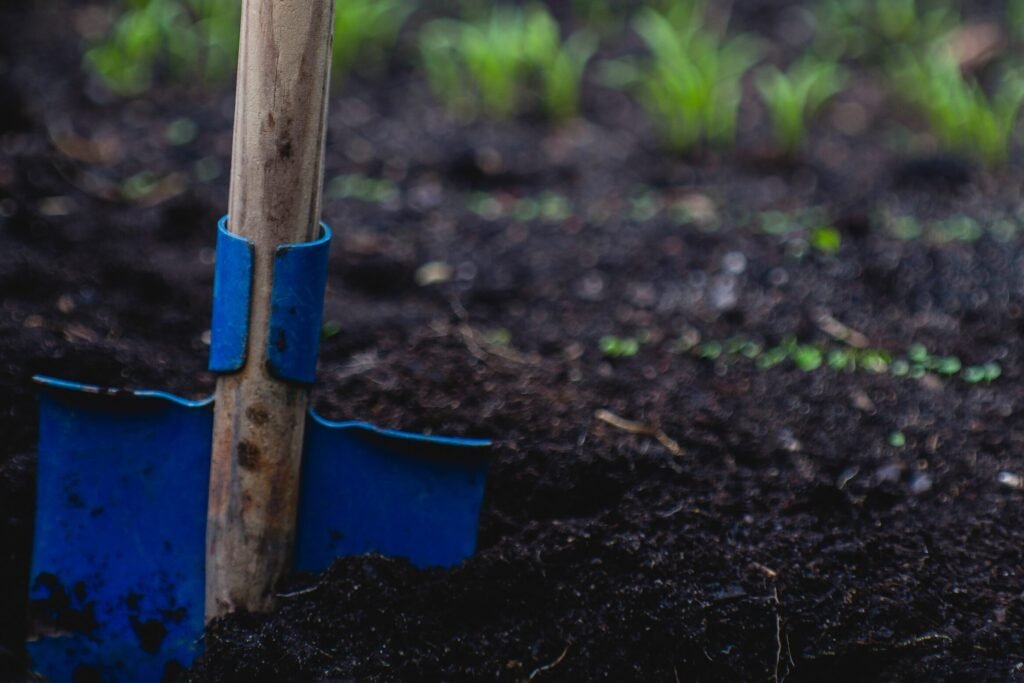
Harvesting and Seed Saving
When and How to Harvest
Knowing the right time to harvest your vegetables is crucial for flavor and nutritional quality. This section guides you in identifying the optimal harvesting stage for various vegetables and provides tips on gentle harvesting techniques to preserve your produce.
Collecting and Storing Seeds
Discover the art of seed collection, a skill that allows you to save and store seeds from your homegrown vegetables for future plantings. Learn the best practices for safely gathering and storing seeds to maintain their viability.
The Art of Seed Saving
Delve into the intricate world of seed saving, where you’ll explore techniques and considerations to ensure the next generation of plants thrives. From isolation methods to proper labeling, this section equips you with the knowledge to master the art of preserving seeds and perpetuating your garden’s success.
Success Stories and Tips from Gardeners
Real-Life Experiences
The wisdom of seasoned gardeners often emerges from their real-life tales of triumphs and tribulations. Hearing about their journeys, filled with challenges and victories, provides valuable insights and inspiration. These stories not only showcase the potential of a single seed packet but also underscore the resilience and passion that define the gardening community.
Maximizing Yield Tips
Gardening veterans generously share strategies for abundant harvests, covering spacing, watering, and variety selection. These pearls of wisdom unlock your seed packets’ potential, guiding you toward a more productive and rewarding garden journey.
Beyond a Single Seed Packet
Expanding Your Vegetable Garden
While the potential of a single seed packet is remarkable, expanding your vegetable garden opens new horizons. It allows you to diversify your crops, experiment with various varieties, and cater to different seasons. Expanding your garden means embracing a broader canvas for your gardening artistry, enhancing self-sufficiency, and sharing the abundance with others.
Creating a Sustainable Seed Bank
Beyond growing vegetables, consider creating a sustainable seed bank. By saving and storing seeds from your thriving crops, you contribute to preserving heirloom varieties and ensuring a continuous supply of local, resilient seeds. This practice promotes seed sovereignty, reduces dependence on commercial sources, and empowers you to be the steward of your garden’s genetic legacy, fostering sustainability and resilience in your gardening journey.
The potential concealed within a single seed packet, take a moment to reflect on your gardening path. Planting those tiny seeds signifies your connection to the Earth and your belief in growth’s promise. The joy of nurturing life from these seeds enriches both your soil and soul. The ultimate reward lies in your homegrown vegetables, which not only burst with flavor and nourishment but also symbolize patience, resilience, and a profound connection to nature. As you explore your seed packets’ potential, remember that the true abundance you reap extends beyond a bountiful harvest; it encompasses a more fulfilling life nurtured by the Earth’s gifts.
